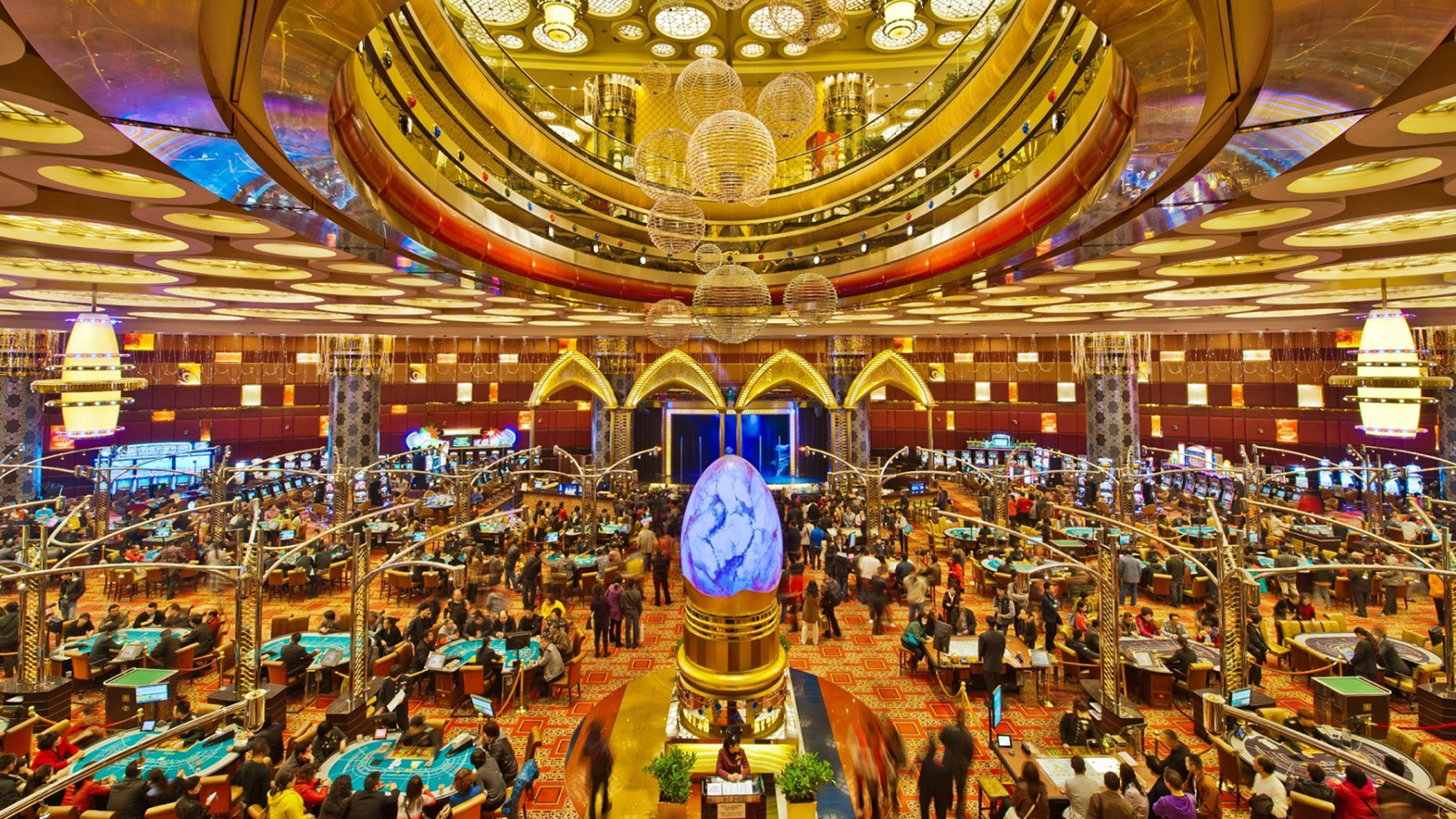
In a dynamic and thrilling world of gaming establishments, where luck and tactics intertwine, color and aesthetic play a key role in drawing in gamblers. From the moment visitors step into a casino or log into a gaming platform, they are enveloped in a sightly feast that captures their attention and entices them to discover more. Bright colors, captivating graphics, and innovative layouts are carefully crafted to create an environment of excitement and anticipation, ultimately enhancing the gaming experience.
While players navigate through the dynamic landscape of casino games, they come across a variety of designs that not only serve visual purposes but also affect feelings and choices. Colors like scarlet and yellow symbolize wealth and luck, while soothing blues and greens can create a more tranquil environment. Understanding how these elements work together enables casinos to create an inviting and stimulating atmosphere that encourages players to interact with the games, invest additional time at the tables, and boost their overall enjoyment.
The Study of Tint in Gambling Games
Tint plays a crucial role in the design of gaming experiences, affecting players’ emotional states and behaviors. Lively and bold colors, such as scarlet and gold, are often used to stimulate thrill and capture attention. These hues create a sense urgency and energy, encouraging participants to involve themselves more enthusiastically with the activity. By intentionally selecting tints, creators aim to inspire feelings of joy and anticipation, which can enhance the complete player experience.
Distinct hues also have psychological meanings that can impact how participants perceive their odds of winning. For instance, green is commonly associated with luck and wealth, making it a frequent choice in games like the roulette wheel and poker games. This link can cause players to feel more hopeful and self-assured in their play, ultimately motivating them to stake more. Grasping these links allows game developers to create environments that enhance player enjoyment and retention.
Furthermore, the layout of casino game interfaces often uses color gradients and differing shades to direct player actions. For example, winning combinations may be emphasized with vivid, differing hues, creating a visual cue. This method reinforces favorable outcomes and encourages repeated engagement. By utilizing the psychology of color, gambling establishments can create games that not only captivate players but also hold them engaged and invested in their game experience. xem bóng đá okwintv
Design Features that Engage Gamers
The aesthetic appeal of gambling games is largely influenced by the use of bold colors. Lively and contrasting colors are deliberately chosen to create an inviting atmosphere that grabs interest. For instance, crimson and golds often signify good fortune and wealth, which is why they are prevalent in the palettes of gaming machines and game surfaces. These colors not only attract players in, but they also stir emotions associated with thrill and expectation, enhancing the overall gaming experience.
In addition to color, the design and organization of gambling games play a crucial role in captivating players. Games are designed to be user-friendly, ensuring that players can easily understand the guidelines and gameplay. User-friendly interfaces, along with captivating graphics and animations, help maintain player interest and encourage longer play sessions. The physical elements, such as the texture of the buttons and the sounds of the games, also contribute to a comprehensive sensory experience that keeps players immersed.
In conclusion, thematic elements in gaming design can significantly influence gaming decisions. Many gambling games are inspired by media, fairy tales, or adventure themes, incorporating symbols and characters that connect with players. These themes create a sense of immersion and relatability, making each game feel unique. okwintvokwintv trực tiếp bóng đá When players feel a bond to the theme, they are more likely to choose that game over others, leading to higher participation and excitement within the gambling environment.
Case Studies: Effective Gambling Game Designs
One key example of effective gambling game design is the well-known slot machine series based around blockbuster movies. Games such as those based on the Wizard of Oz and Game of Thrones utilize vibrant colors and high-quality graphics to engage players in recognizable narratives. The employment of dynamic visuals and captivating sound effects grabs the focus of players, building an psychological connection to the theme. This approach not only encourages longer play but also improves the overall gaming experience, yielding increased player retention.
Another effective case is the use of the psychology of color in table games like blackjack and the wheel. Casinos often design these games with dark reds and greens, colors traditionally linked with luck and wealth. For instance, the emerald felt on a blackjack table provides a relaxing effect, while the crimson accents in roulette invite anticipation. This thoughtful use of color helps to establish an inviting atmosphere that stimulates players to engage, fulfilling their psychological impulses and increasing their enjoyment.
Finally, online casino games that include community features and bright, dynamic designs have achieved remarkable success in engaging players. Games like Zynga Poker and Slotomania leverage striking colors and playful animations to establish an inviting online environment. The integration of leaderboards, community sharing options, and in-game rewards promotes competition and community, drawing players in for longer sessions. Such designs not only make the games visually enticing but also highlight social connectivity, a vital factor in player retention and engagement within digital casino environments.